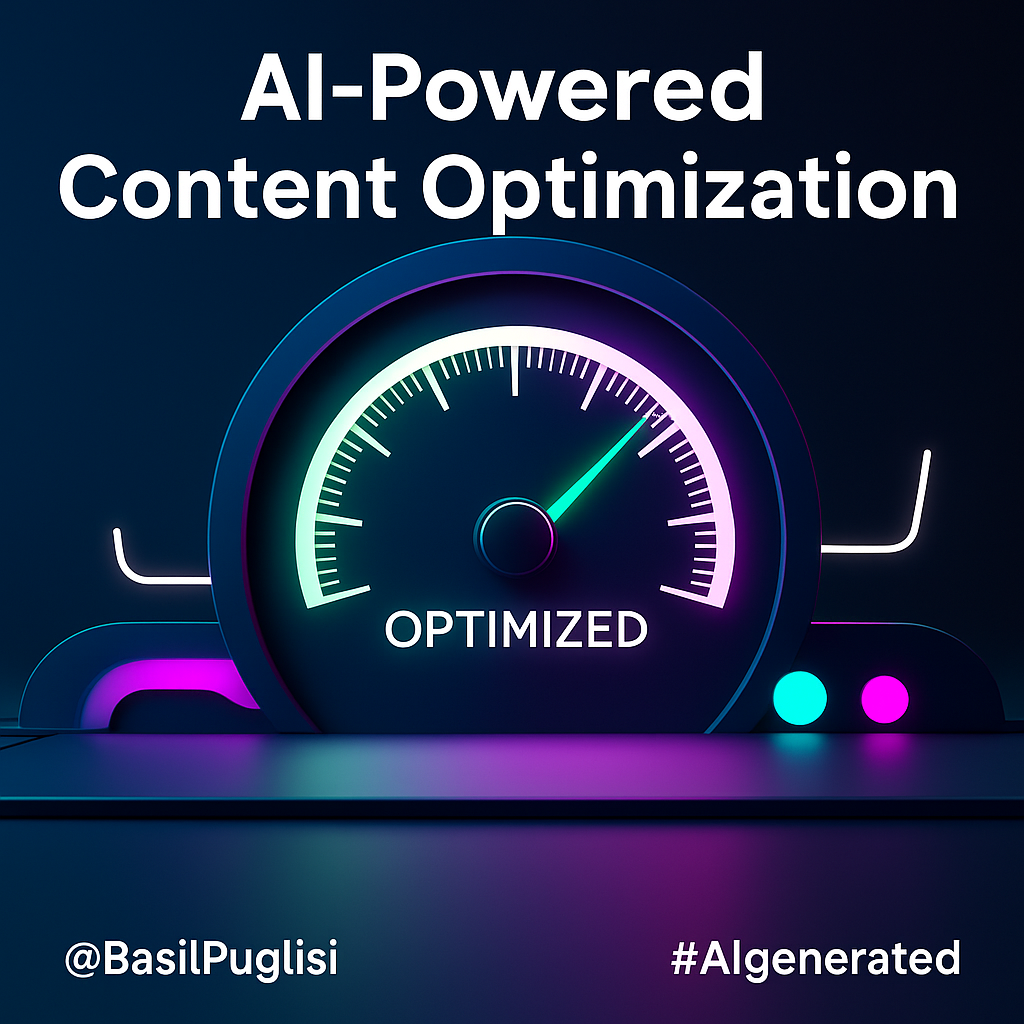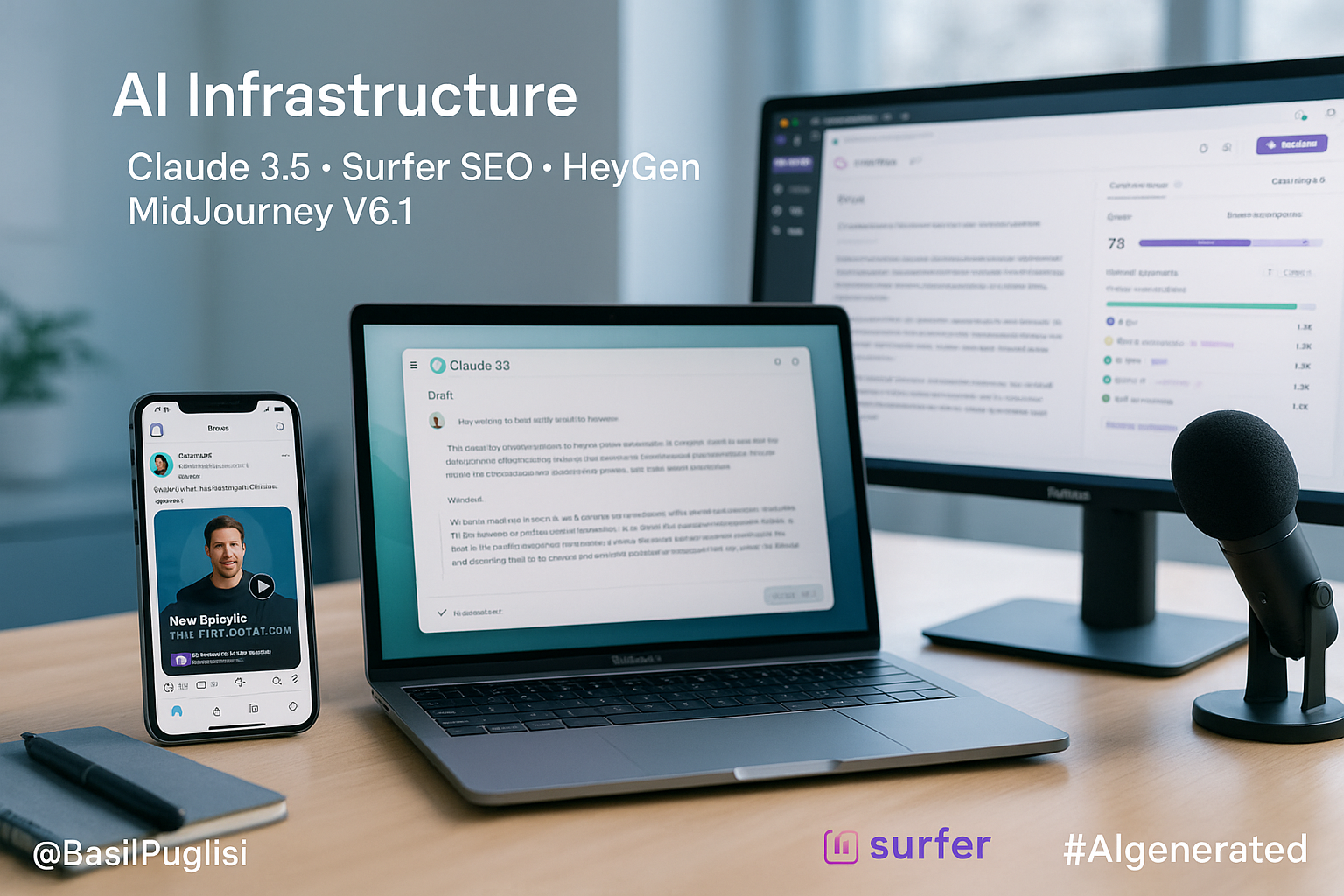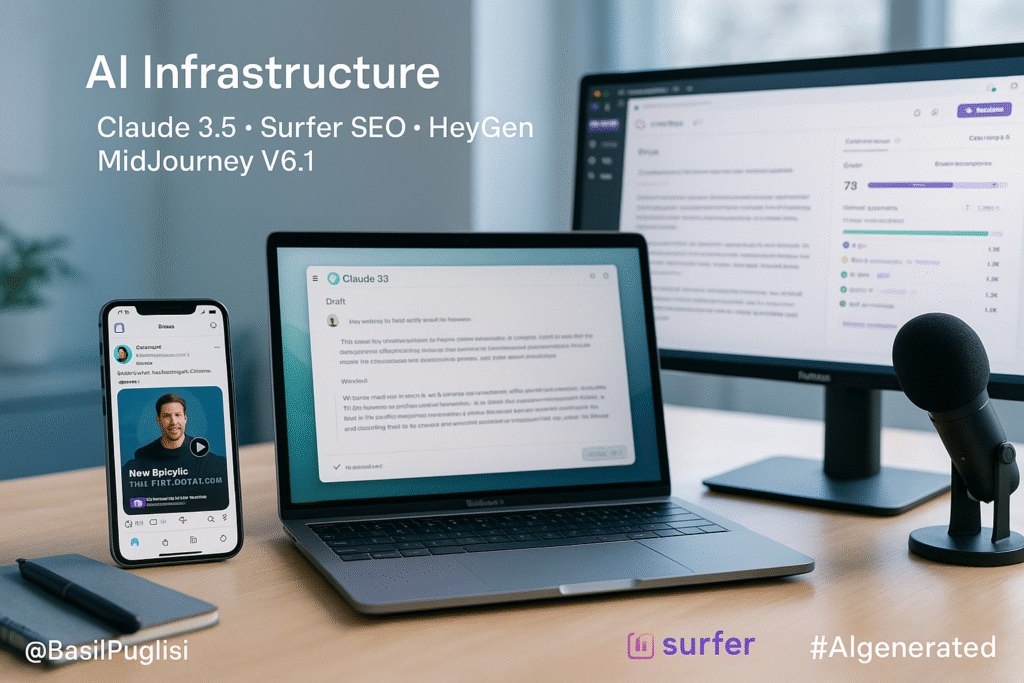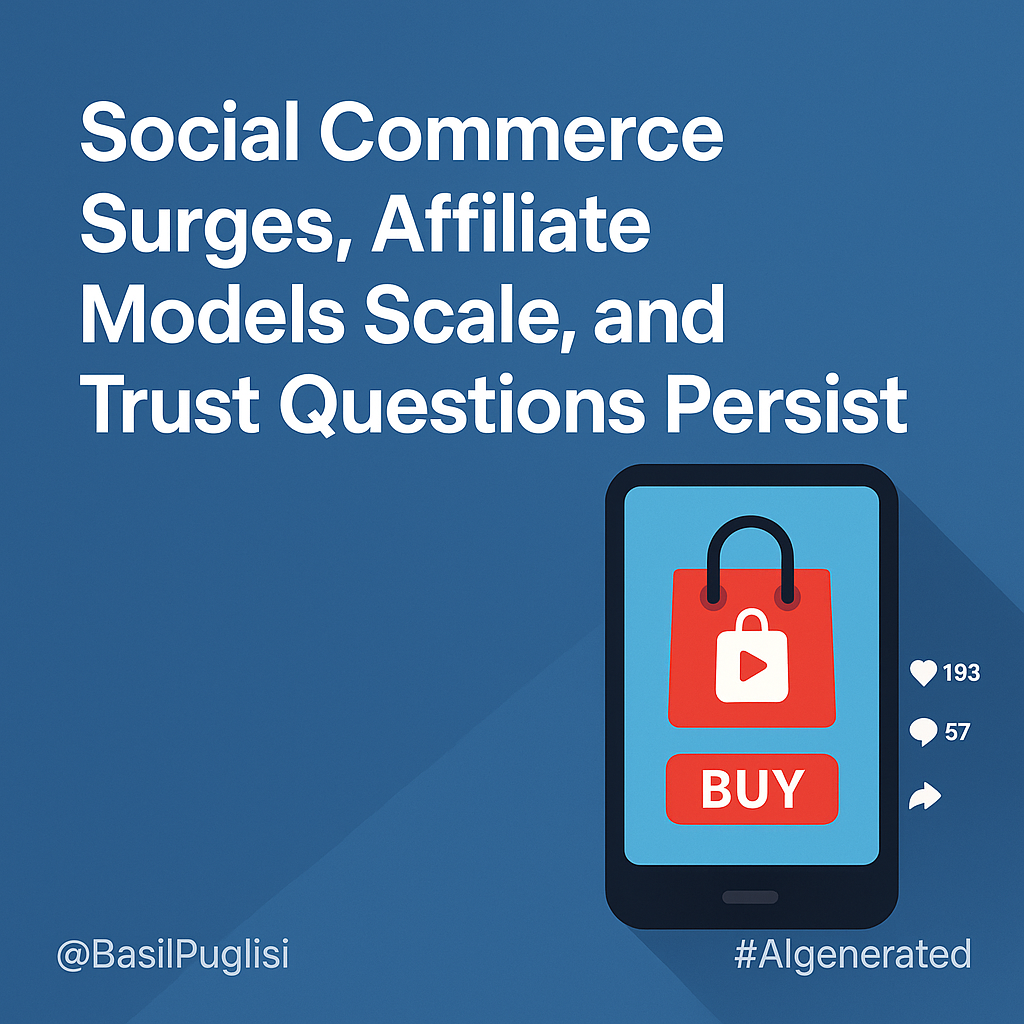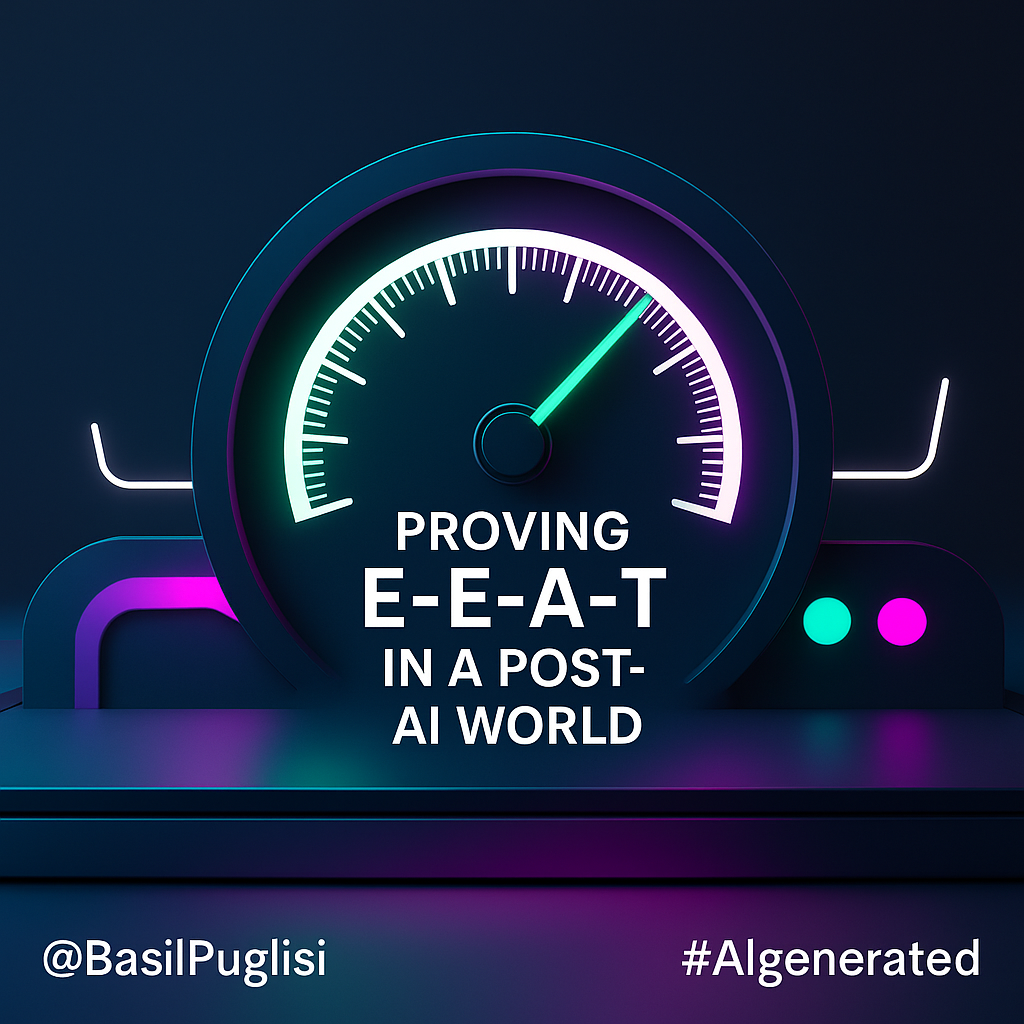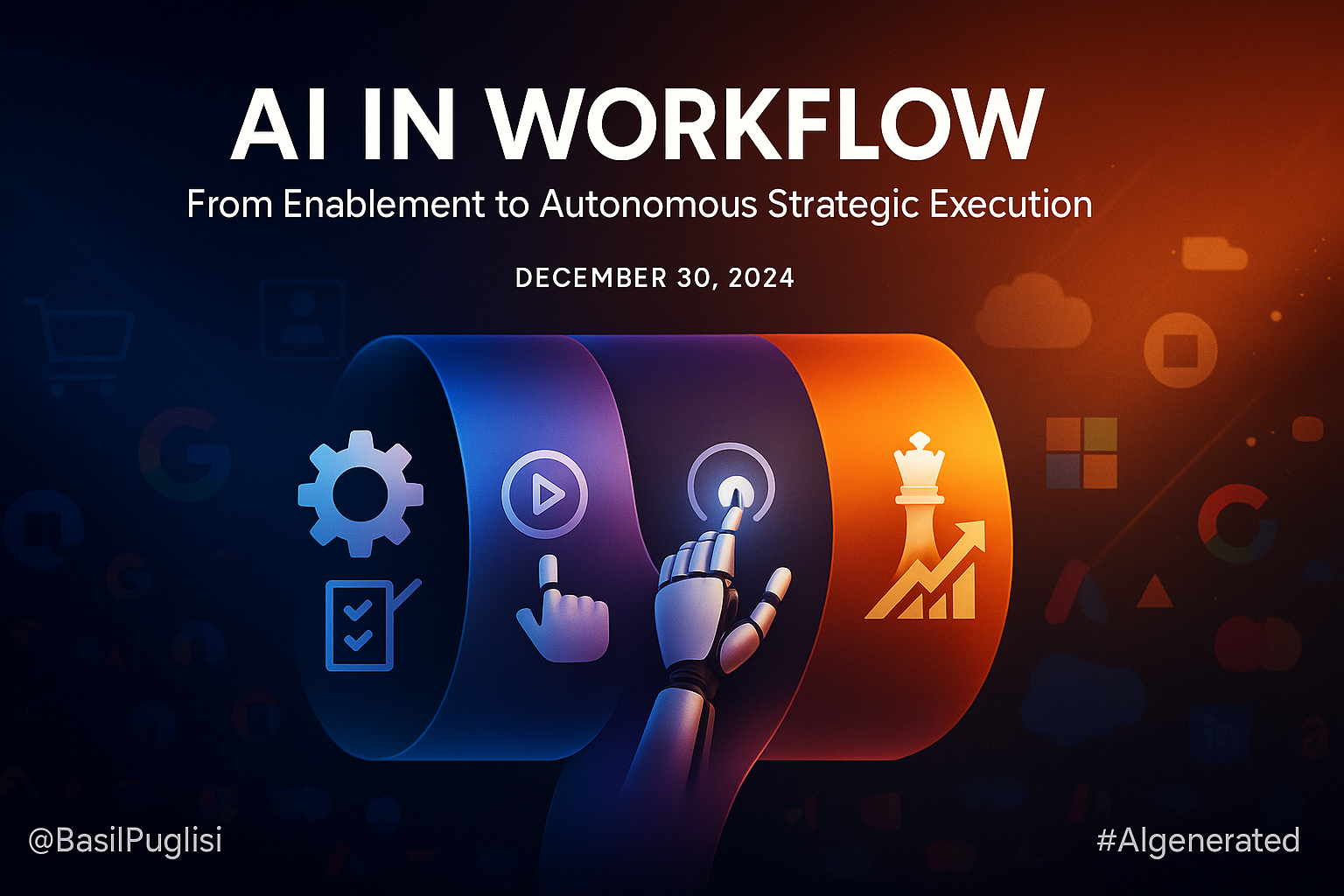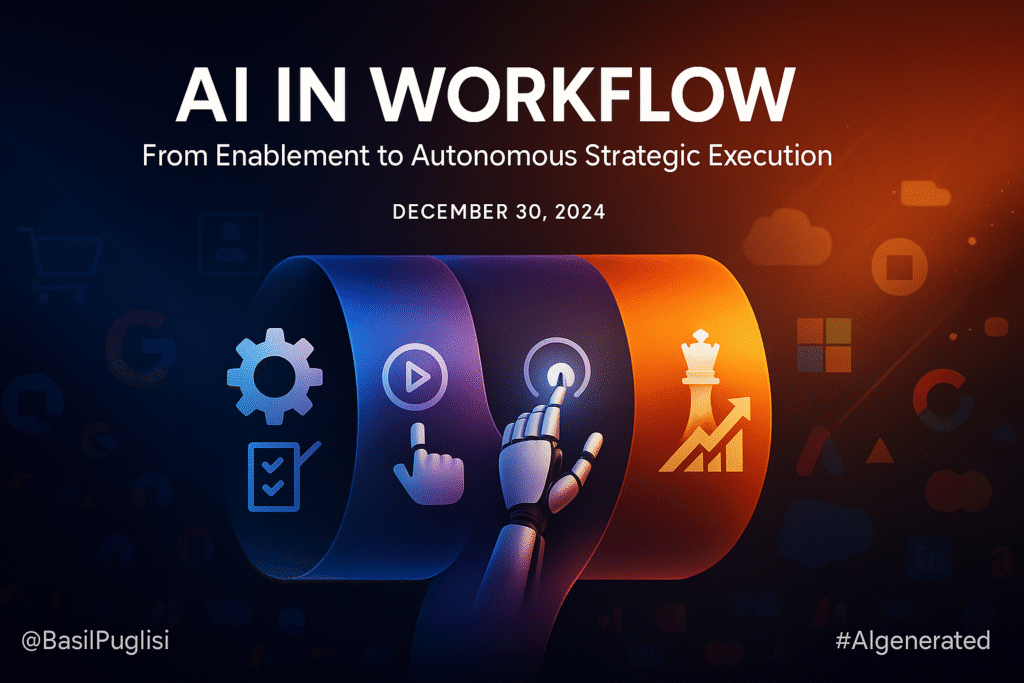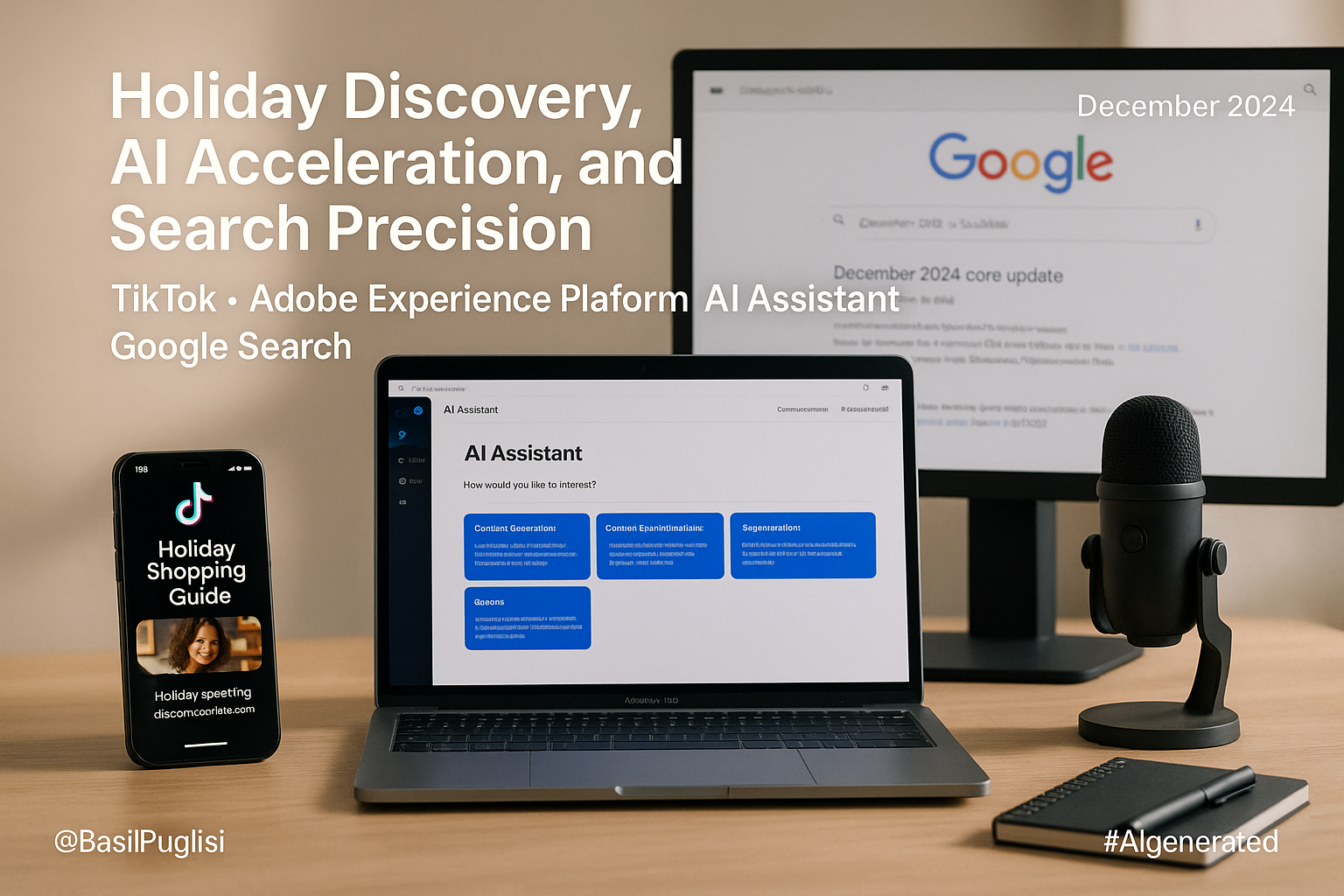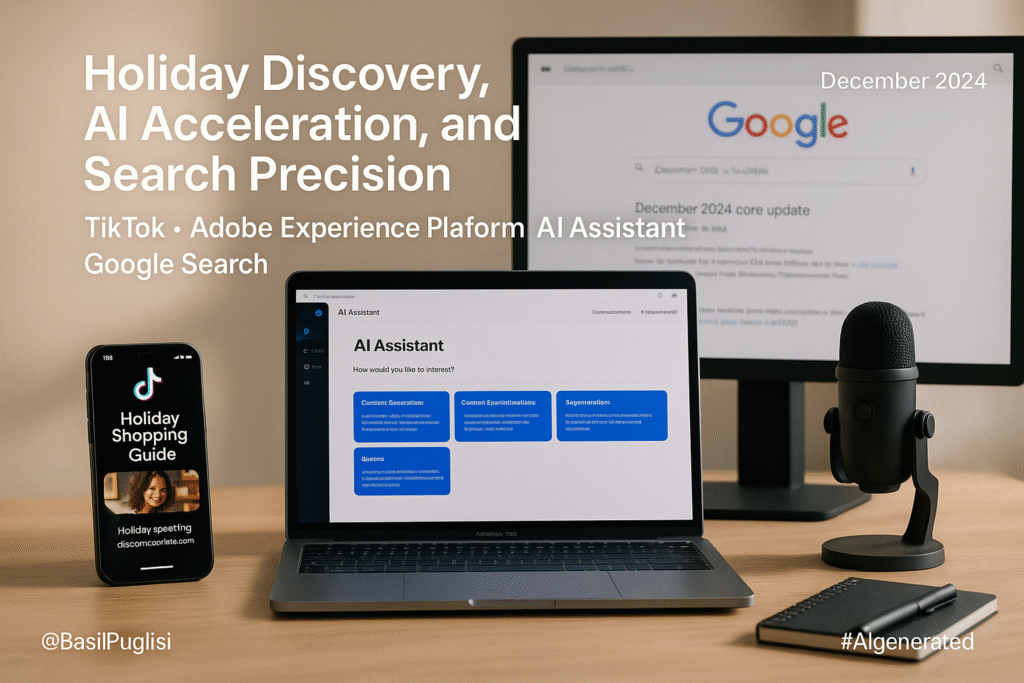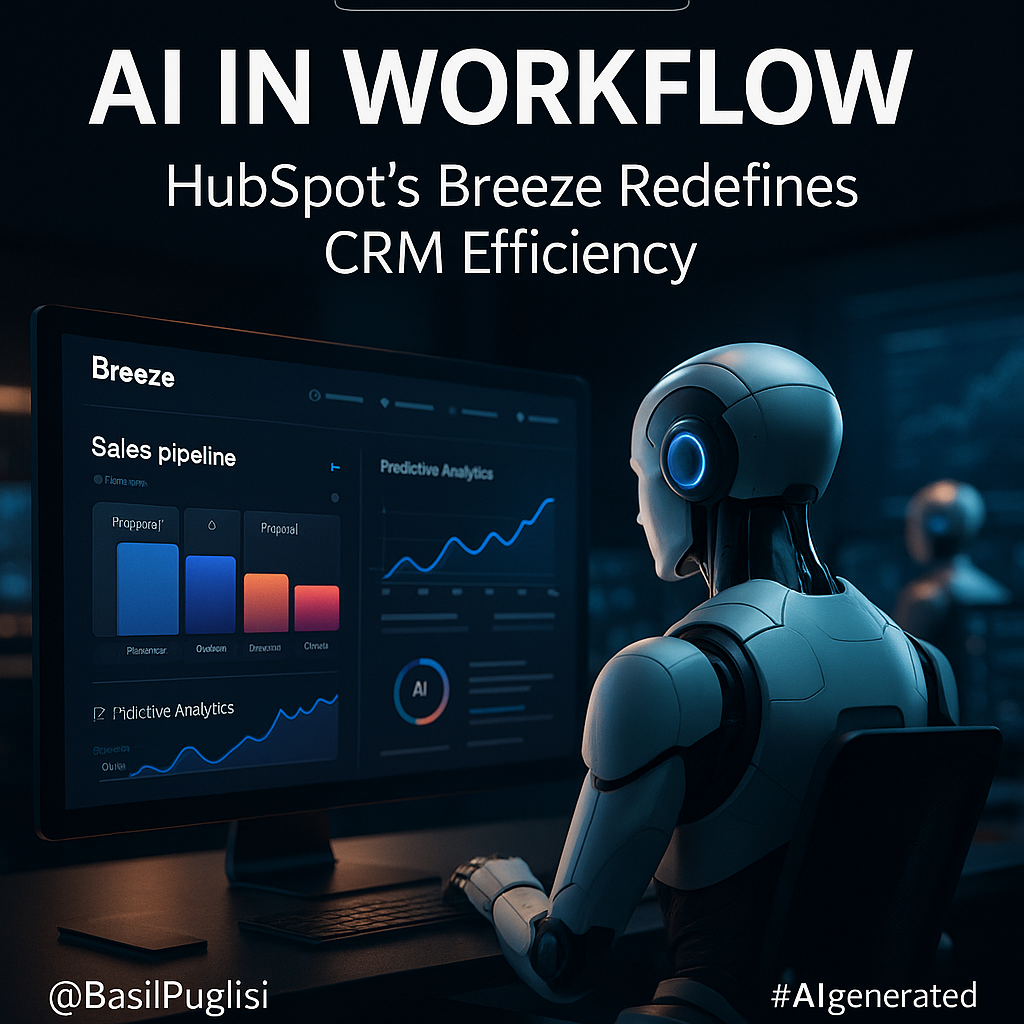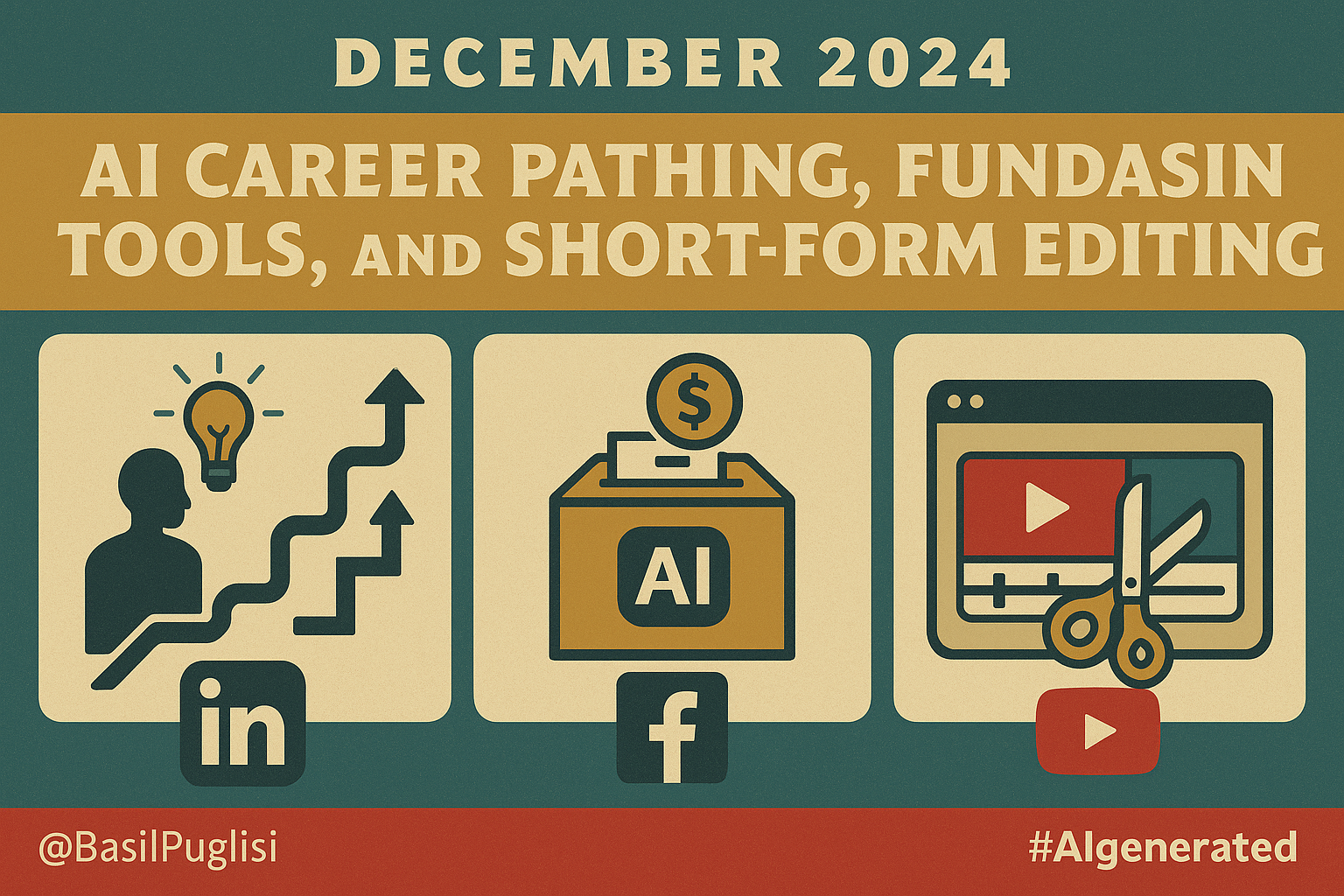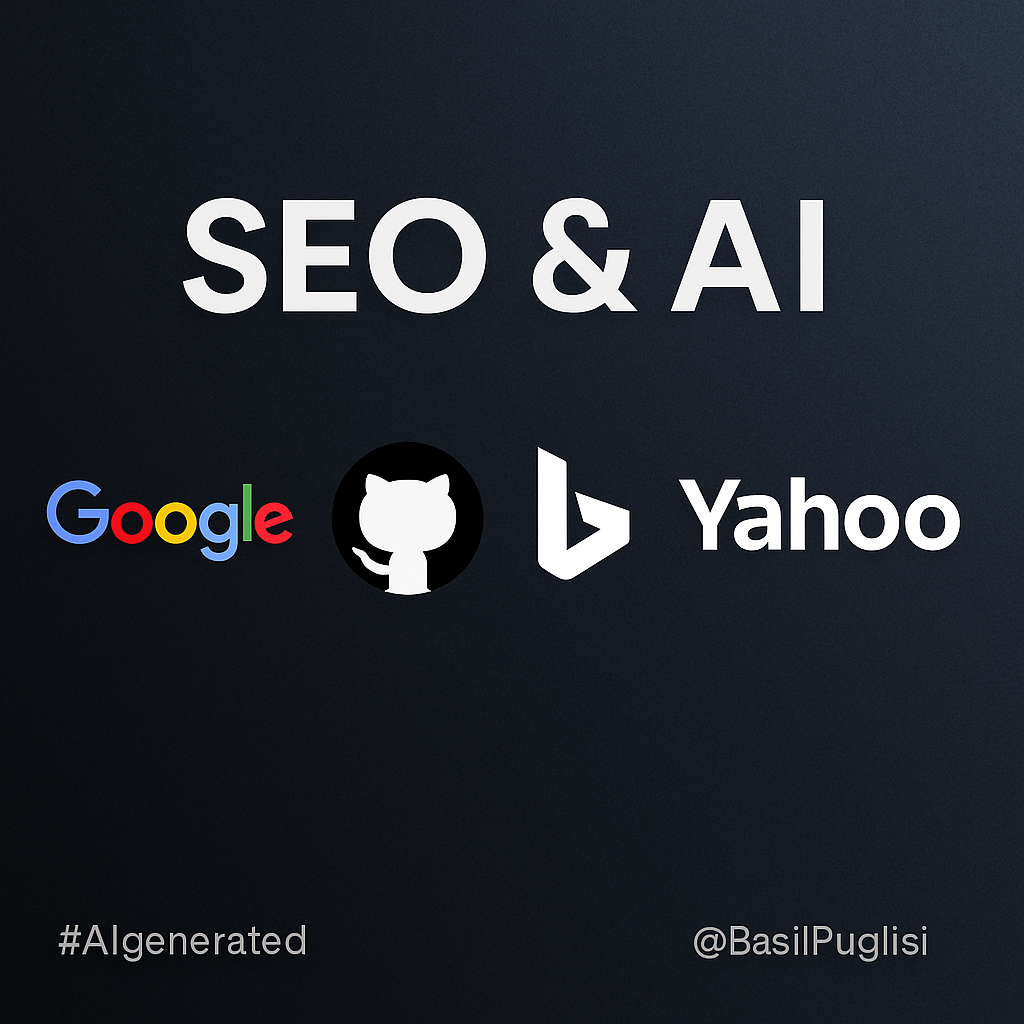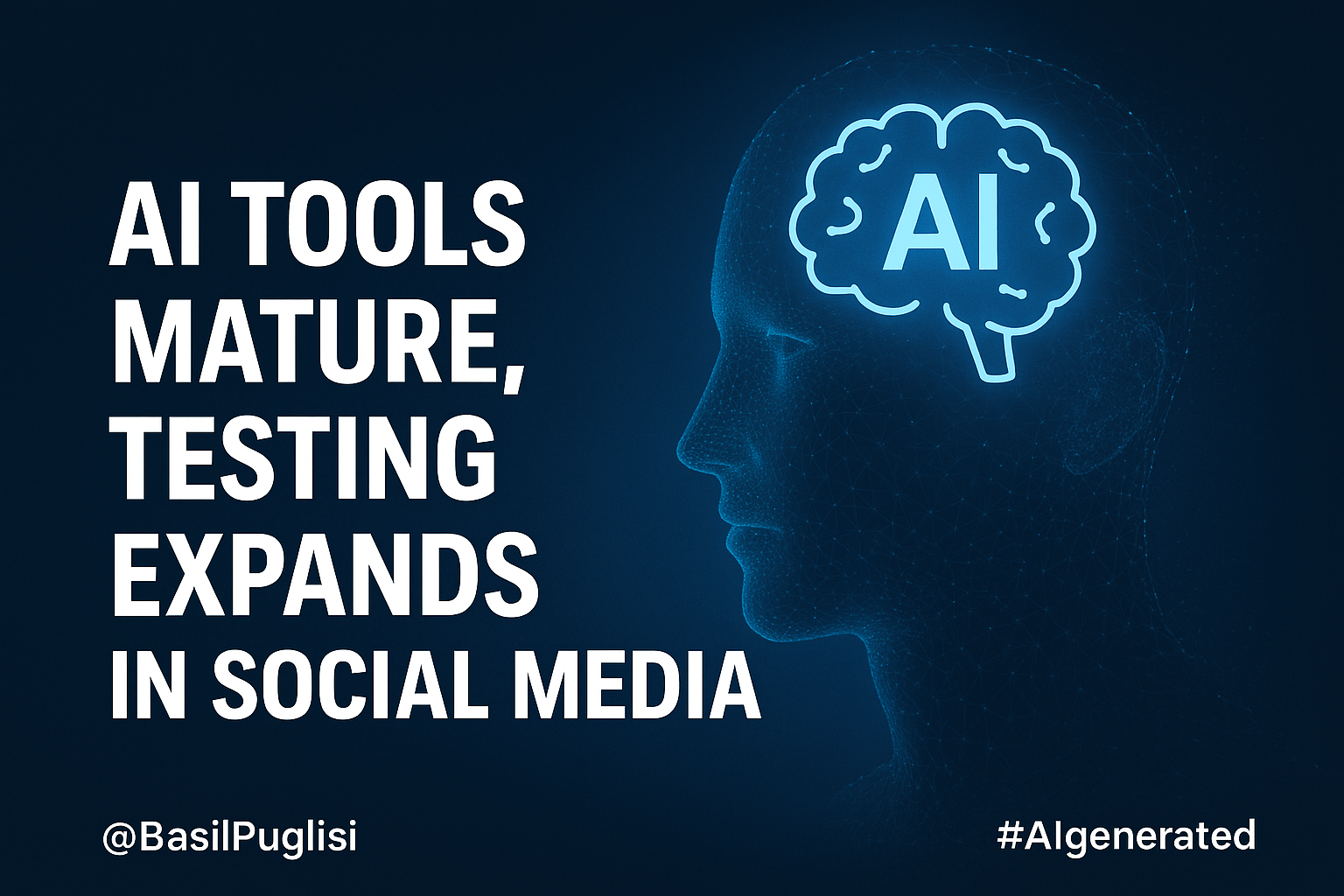
- TikTok’s 2025 Trend Report elevates Symphony Assistant as a creator production staple.
- Instagram introduces Edits with skip and retention analytics plus Trial Reels for A/B testing.
- Instagram deprecates key API metrics, requiring updates to reporting dashboards.
- Marketers shift creator selection toward engagement rate over follower count.
- Platforms expand creator safety and transparency features, including moderation visibility and wellness tools.
Bottom Line: AI-driven production, testing tools, and engagement-first metrics define February’s social media landscape.
TikTok’s What’s Next 2025 Trend Report names Symphony Assistant as a key creator tool (TikTok, 2025a). It supports editing and performance insights that keep content aligned with trending community formats. The report makes clear that AI is no longer optional. It is a baseline in production, helping creators shorten cycle time while maintaining cultural relevance.
HeyOrca highlights the next shift: TikTok Studio’s new analytics dashboards (HeyOrca, 2025). These dashboards give creators granular performance data. Folding Studio into campaign reviews allows teams to spot strong hooks earlier. It also makes it easier to cut weak content before budgets are wasted.
Instagram advances on two fronts. Emplifi confirms the deprecation of profile and media metrics from its API (Emplifi, 2025). Dashboards must now refocus on supported measures to maintain accuracy. At the same time, Instagram adds new creative tools. Edits offers skip rate and retention analytics for Reels (The Verge, 2025). Trial Reels give creators the ability to A/B test hooks and calls-to-action before publishing (Social Thrive, 2025). These features put pacing and proof of performance directly into the creator’s hands.
“50% of marketers use engagement rate as their primary factor in choosing creators.” — eMarketer (2025)
That figure signals a structural change. eMarketer reports that engagement outranks reach in creator selection. Only 37% of marketers still prioritize follower count (eMarketer, 2025a; eMarketer, 2025b). Budgets now shift toward creators with proven interaction. Compensation models also evolve. Performance-based payouts tied to ROI are replacing vanity-driven deals.
TikTok invests in brand trust with Creator Care Mode and Content Check Lite (TikTok, 2025b). These features increase transparency around moderation and support. For brands, creators using these tools become safer partners with lower dispute risk. At the same time, Insider Intelligence reports that TikTok and Instagram are piloting AI content disclosure prompts (Insider Intelligence, 2025). This is a clear signal: compliance and transparency are no longer optional.
So what: February defines three KPIs that matter most — cycle time per asset, engagement rate per campaign, and reporting accuracy across platforms. Marketers who optimize toward these metrics gain a measurable edge as AI and analytics mature together.
Looking ahead, orchestration is the next frontier. Brands will need to coordinate AI editing, A/B testing, and budget shifts inside a single weekly rhythm.
FAQs
How should teams combine TikTok Symphony with TikTok Studio?
Use Symphony to speed editing. Validate outcomes in Studio dashboards. Track cycle time reduction and engagement rate lift against prior campaigns.
What’s the fastest win from Instagram’s Edits app?
Look at skip points and retention dips. Trim or tighten around those segments. Watch for improvements in completion rate and average watch time.
How do we adapt to Instagram’s metric deprecations?
Remove unsupported metrics from dashboards. Standardize on fields still available in the API. Monitor reporting discrepancy rate until accuracy stabilizes.
References
TikTok. (2025, January 8). TikTok What’s Next 2025 Trend Report. TikTok Newsroom. https://newsroom.tiktok.com/en-us/tiktok-whats-next-2025-trend-report-us
HeyOrca. (2025, January). TikTok updates every social media manager needs to know. HeyOrca Blog. https://www.heyorca.com/blog/tiktok-social-news
Emplifi. (2025, January 8). Instagram Media and Profile Insights Metrics Deprecation. Emplifi Docs. https://docs.emplifi.io/platform/latest/home/instagram-media-and-profile-insights-metrics-depre
The Verge. (2025, January 19). Instagram announces a blatant CapCut clone. The Verge. https://www.theverge.com/2025/1/19/24347358/instagram-edits-capcut-video-app-tiktok-ban
Social Thrive. (2025, January 24). What to Know About Instagram Trial Reels: A Game-Changer for Experimenting Creators. Social Thrive. https://socialthrive.com/2025/01/what-to-know-about-instagram-trial-reels-a-game-changer-for-experimenting-creators
eMarketer. (2025, January 6). Marketers’ 2025 priorities: AI, social listening, and creator partnerships. eMarketer. https://www.emarketer.com/content/marketers-2025-priorities-ai-social-listening-creator-partnerships
eMarketer. (2025, January 13). Behind the Numbers: Social and creator economy trends in 2025. eMarketer Podcast. https://www.emarketer.com/content/podcast-behind-numbers-social-creator-economy-trends-2025-shopping-getting
TikTok. (2025, January). New tools to protect and support TikTok creators. TikTok Newsroom. https://newsroom.tiktok.com/en-us/new-tools-for-creators
Insider Intelligence. (2025, January). AI-generated content and platform labeling policies. Insider Intelligence. [Pending URL]
eMarketer. (2024, December 25). Social platforms outline what’s ahead in 2025. eMarketer. https://www.emarketer.com/content/social-platforms-outline-predictions-year-ahead
Disclosure
This article is #AIgenerated with minimal human assistance. Sources are provided as found by AI systems and have not undergone full human fact-checking. Original articles by Basil Puglisi undergo comprehensive source verification.
